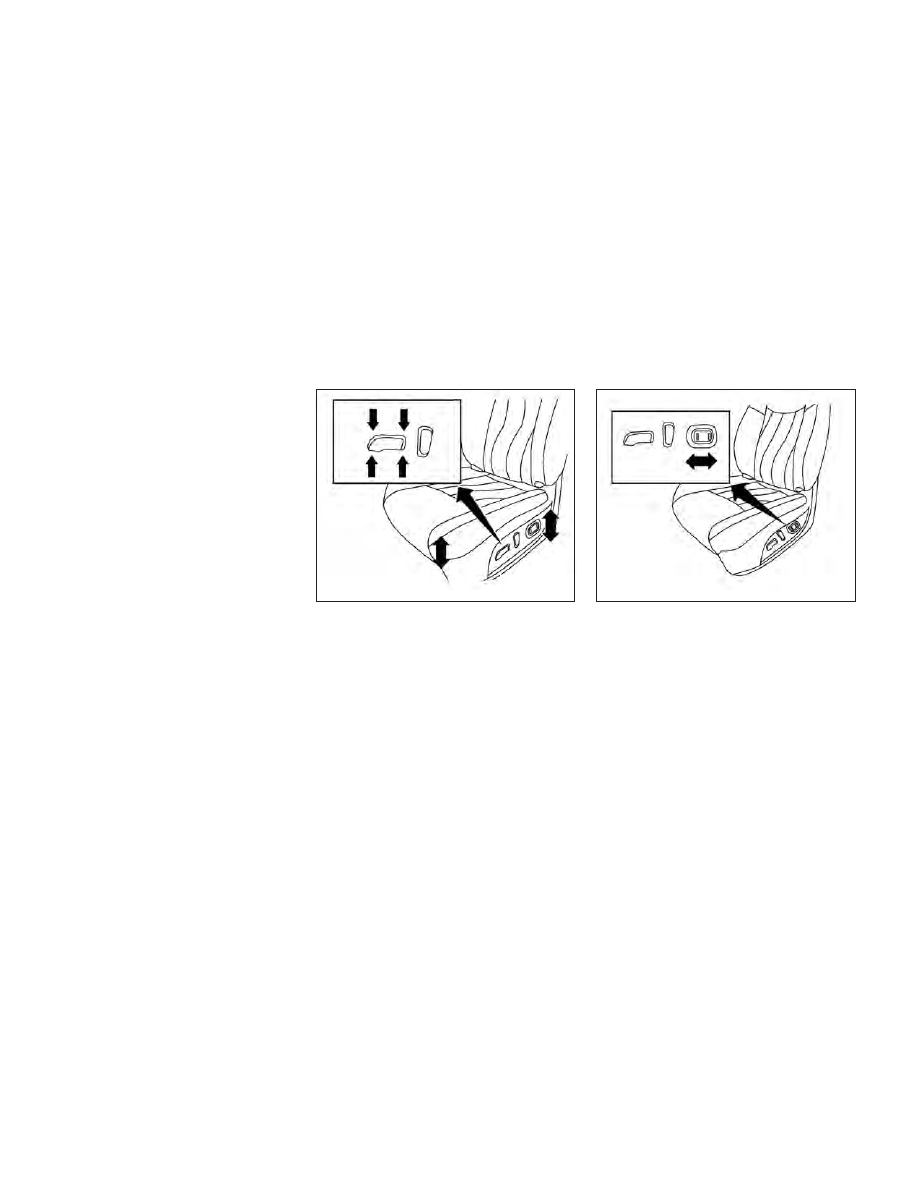Nissan Altima (2022 year). Manual in english - page 2

The reclining feature allows adjustment of
the seatback for occupants of different
sizes for added comfort and to help obtain
proper seat belt fit. For additional informa-
tion, see “Precautions on seat belt usage”
(P. 1-12). Also, the seatback can be reclined
to allow occupants to rest when the vehicle
is stopped and the shift lever is in the P
(Park) position.
Seat lifter (driver’s seat)
Move the switch as shown to adjust the
angle and height of the seat cushion.
Lumbar support (if so equipped
for driver's seat)
The lumbar support feature provides ad-
justable lower back support to the driver.
Push the switch as shown to adjust the
seat lumbar area.
LRS2636
LRS2270
Safety-Seats, seat belts and supplemental restraint system
1-5